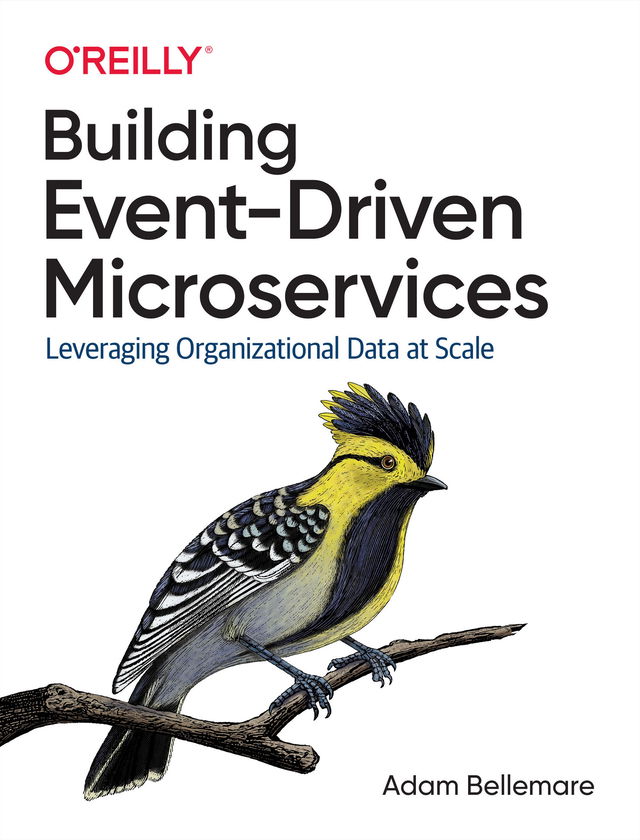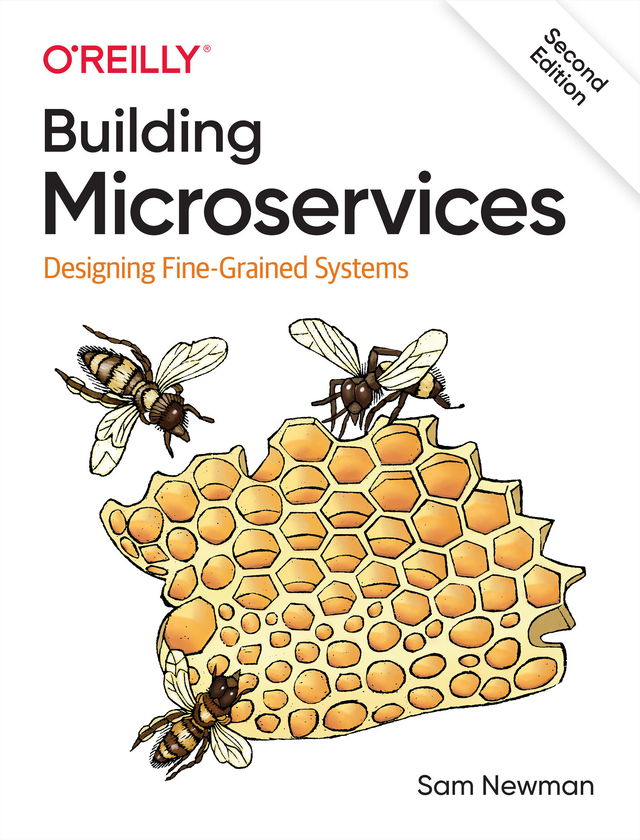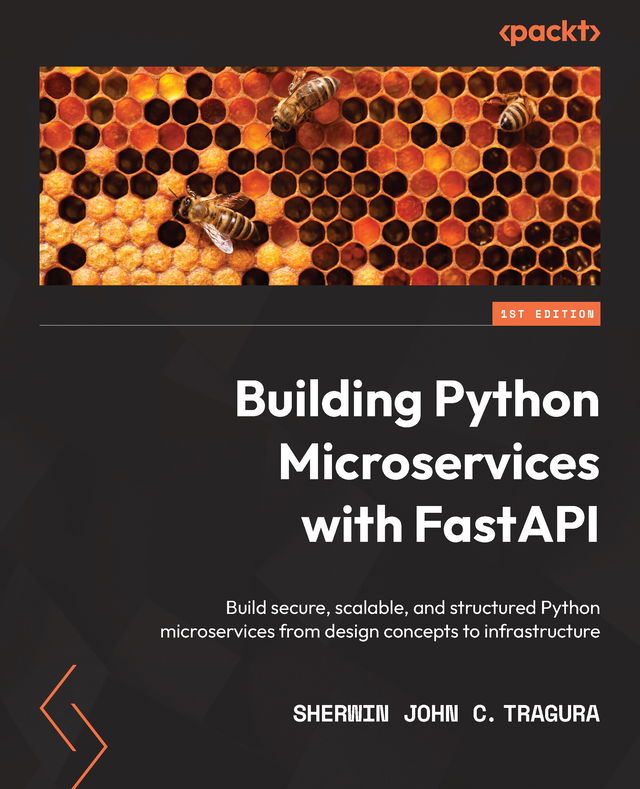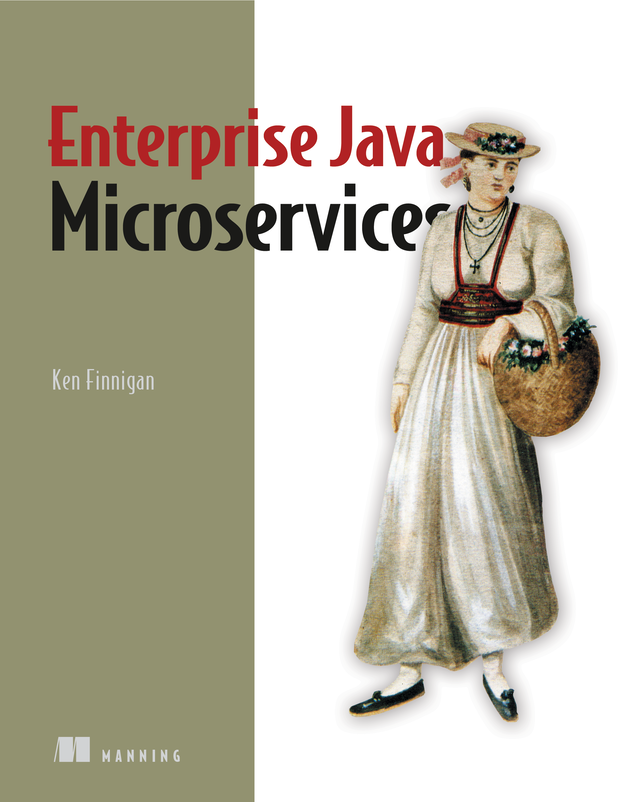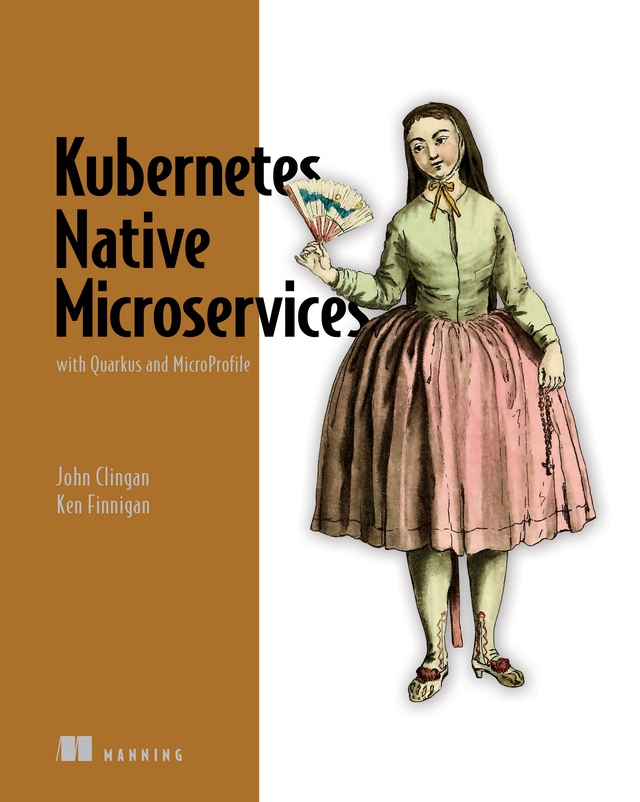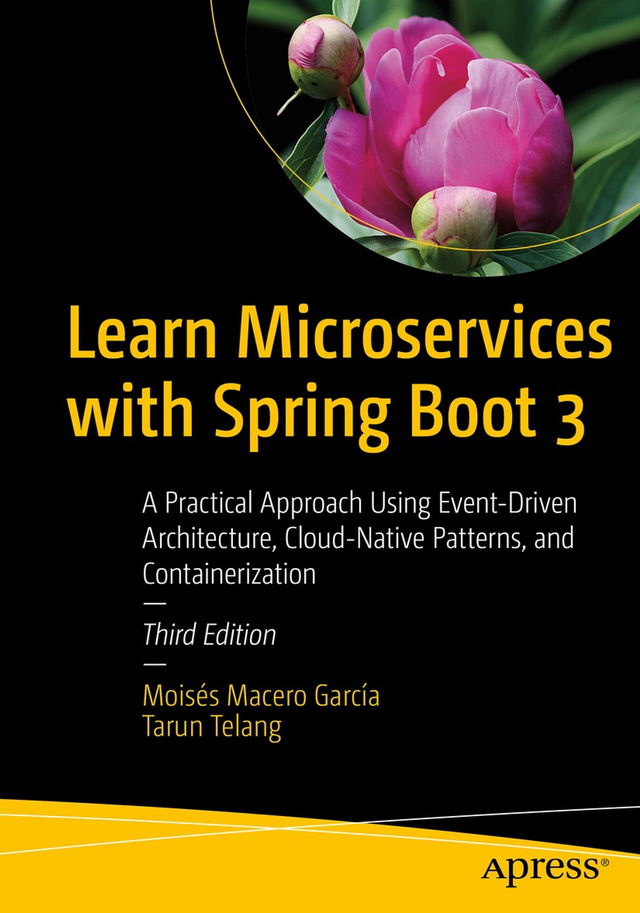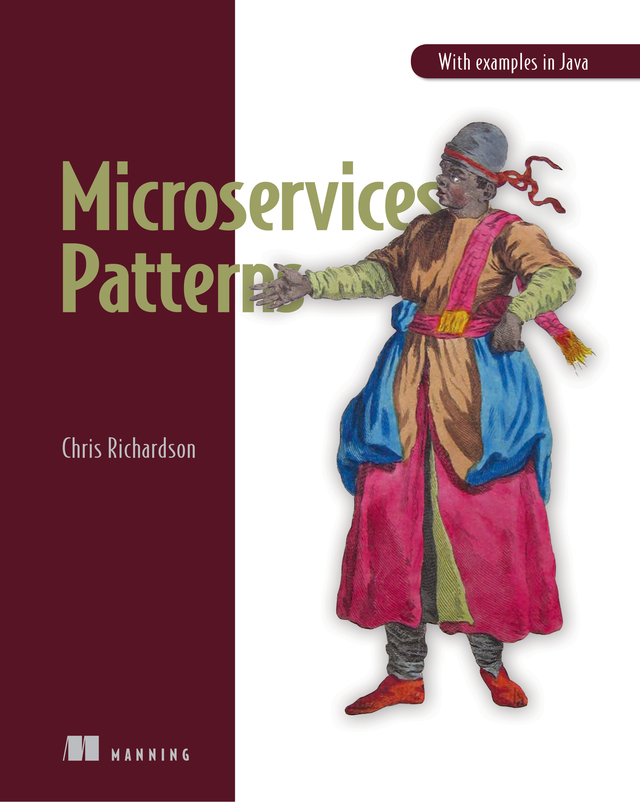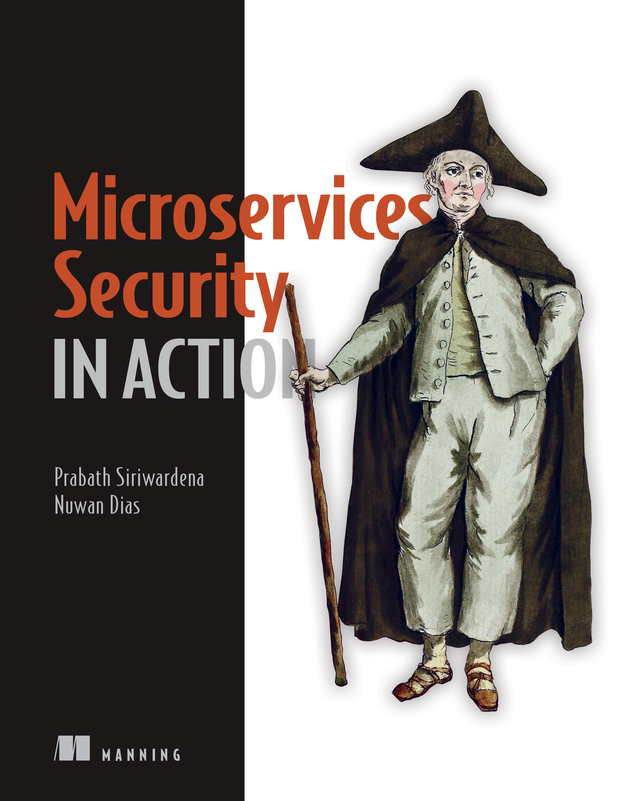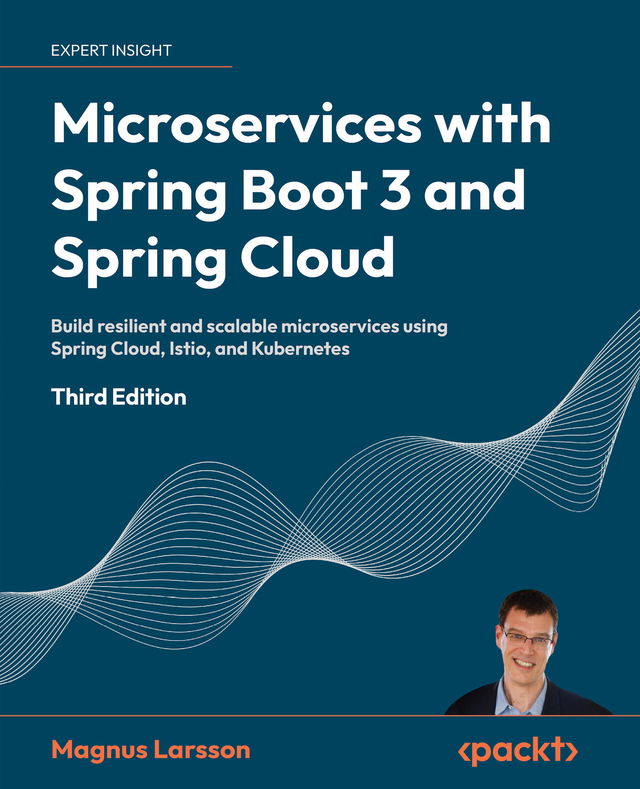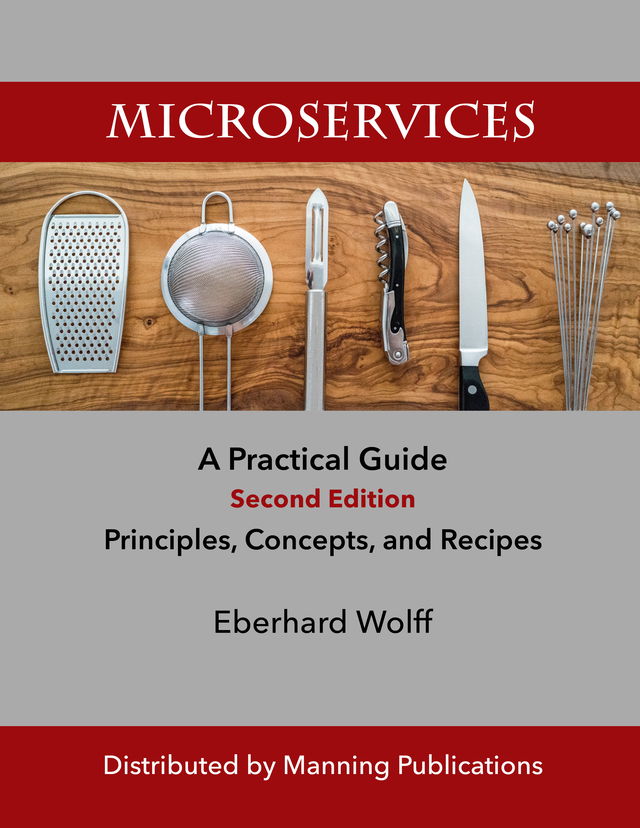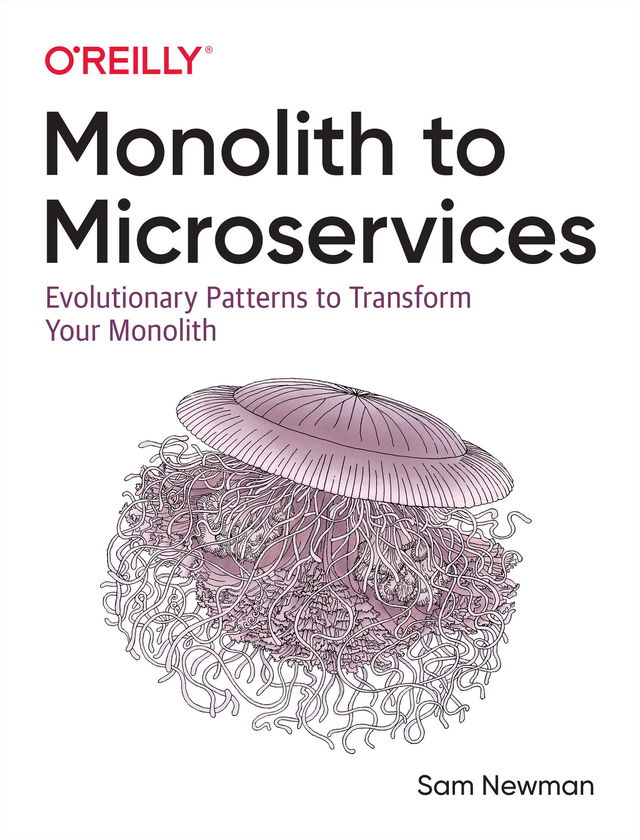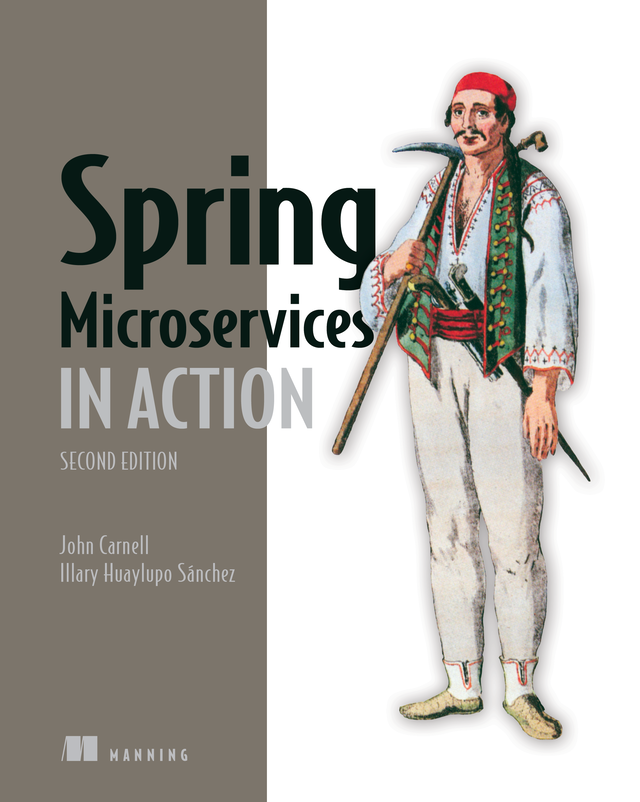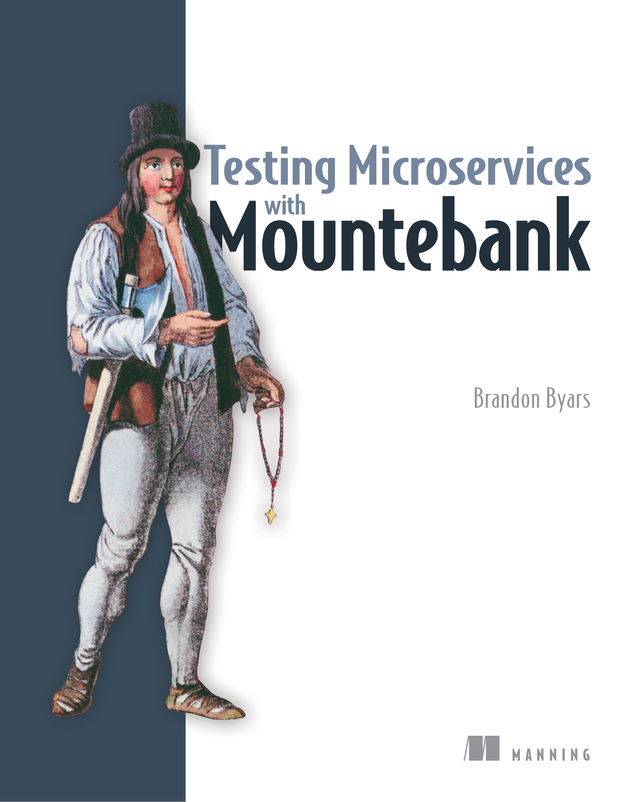Organizations today often struggle to balance business requirements with ever-increasing volumes of data. Additionally, the demand for leveraging large-scale, real-time data is growing rapidly among the most competitive digital industries. Conventional system architectures may not be up to the task. With this practical guide, you’ll learn how to leverage large-scale data usage across the business units in your organization using the principles of event-driven microservices.
Author Adam Bellemare takes you through the process of building an event-driven microservice-powered organization. You’ll reconsider how data is produced, accessed, and propagated across your organization. Learn powerful yet simple patterns for unlocking the value of this data. Incorporate event-driven design and architectural principles into your own systems. And completely rethink how your organization delivers value by unlocking near-real-time access to data at scale.
You’ll learn:
- How to leverage event-driven architectures to deliver exceptional business value
- The role of microservices in supporting event-driven designs
- Architectural patterns to ensure success both within and between teams in your organization
- Application patterns for developing powerful event-driven microservices
- Components and tooling required to get your microservice ecosystem off the ground
